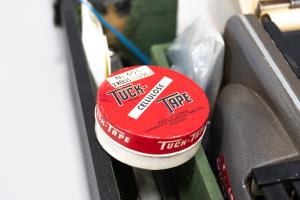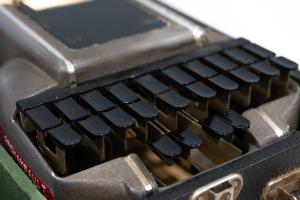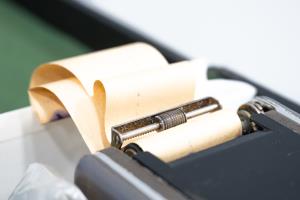Stenotype machine
Today, digital recordings of the proceedings of the House of Commons are used to produce the verbatim account of debates unofficially called Hansard. But verbatim recordings began informally in the late 19th century, and a branch of the parliamentary administration was dedicated to the task in 1880. For years, skilled shorthand reporters worked at small desks within the Chamber, taking notes in 10 minute shifts using stenograph machines.
Shorthand dictation devices with specialized keyboards designed to record words phonetically first became commercially available in the 1870s. By the middle of the 20th century, they were standard equipment for secretaries and court reporters, and schools of stenotypy were training people in the use and maintenance of the machines.
This machine was manufactured after 1940 in Chicago by Stenographic Machines, Inc. A “reporter” model, it has a larger paper-storage capacity than its secretarial counterparts. It weighs about five kilograms and came with a carrying case. Lighter-weight plastic models were introduced in the 1960s. Today, shorthand dictation machines have display screens and microprocessors capable of translating stenotypy to regular language.





